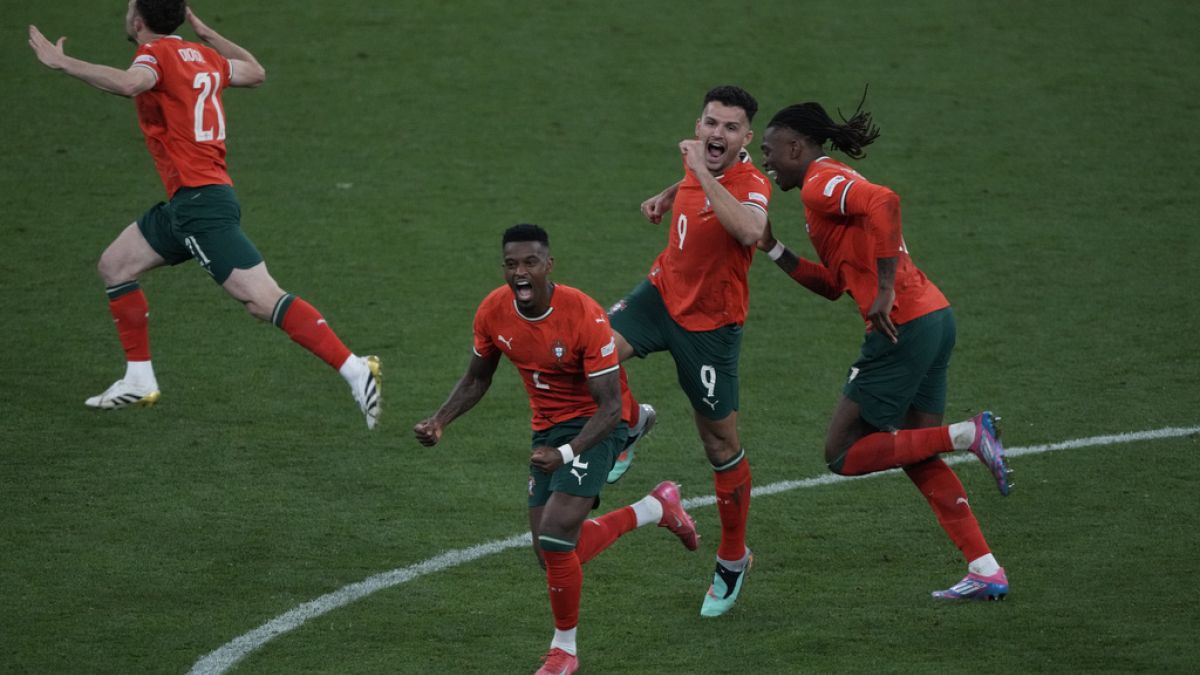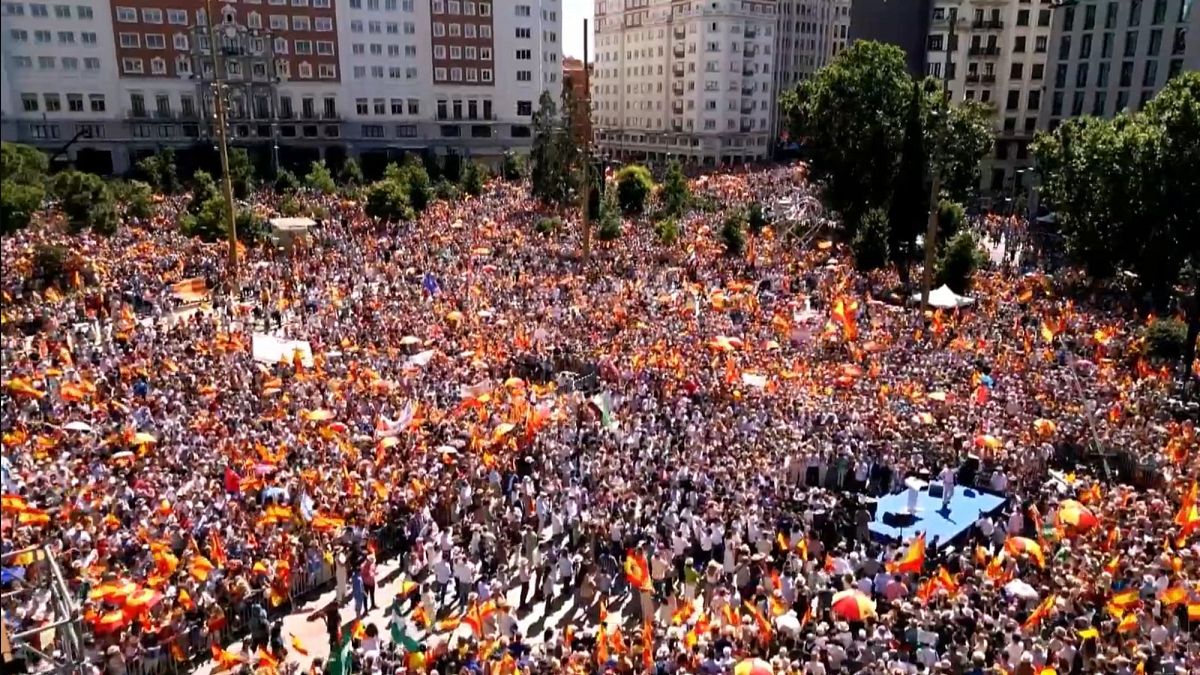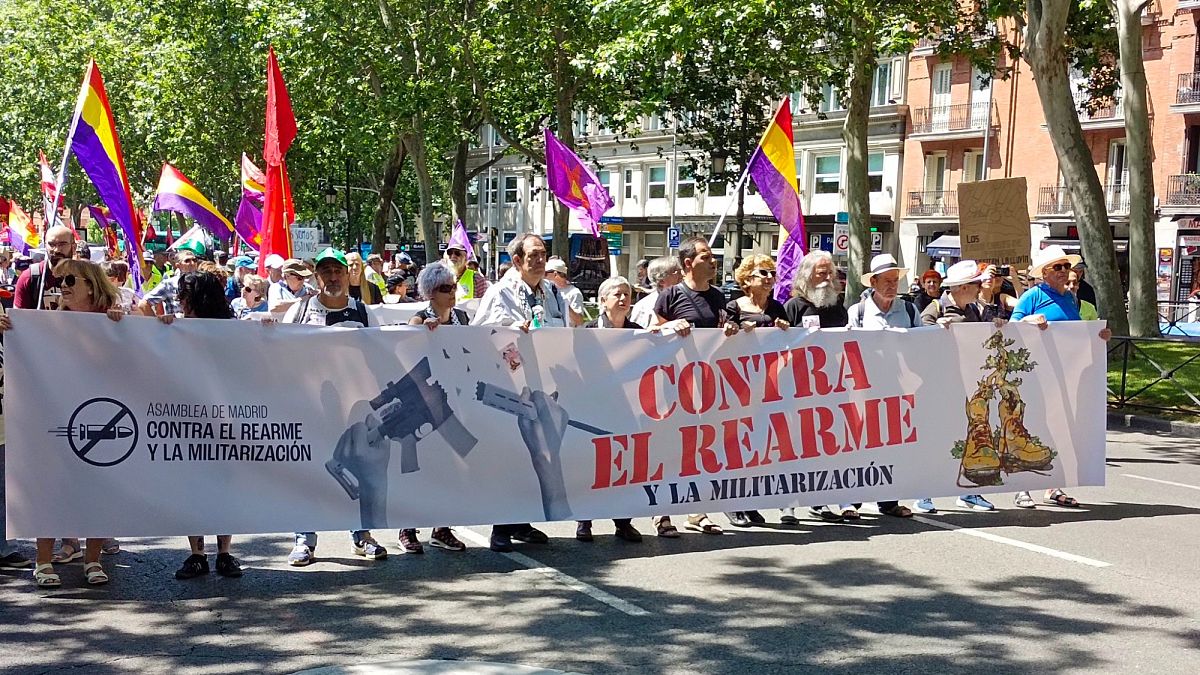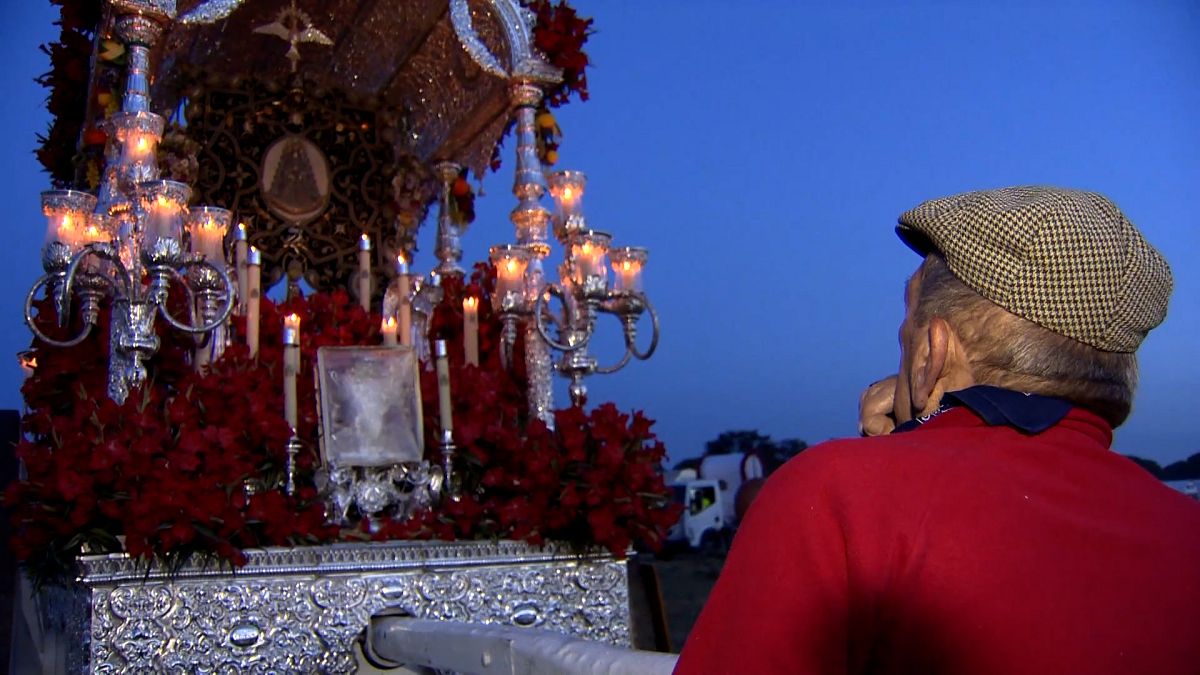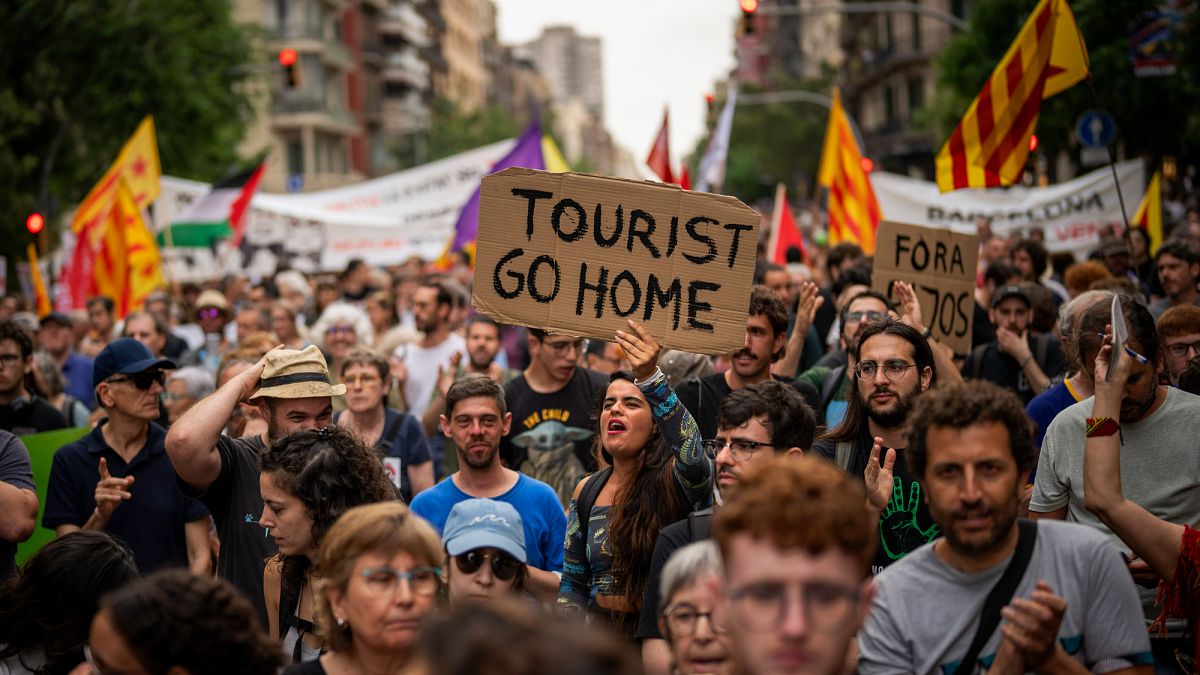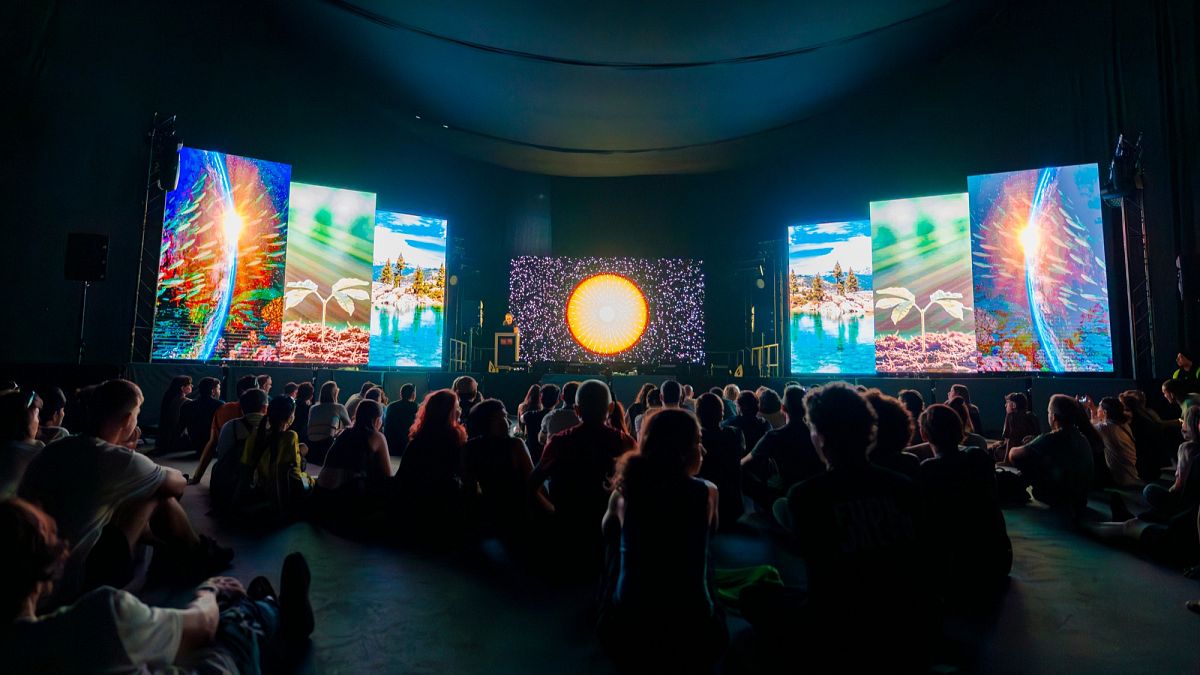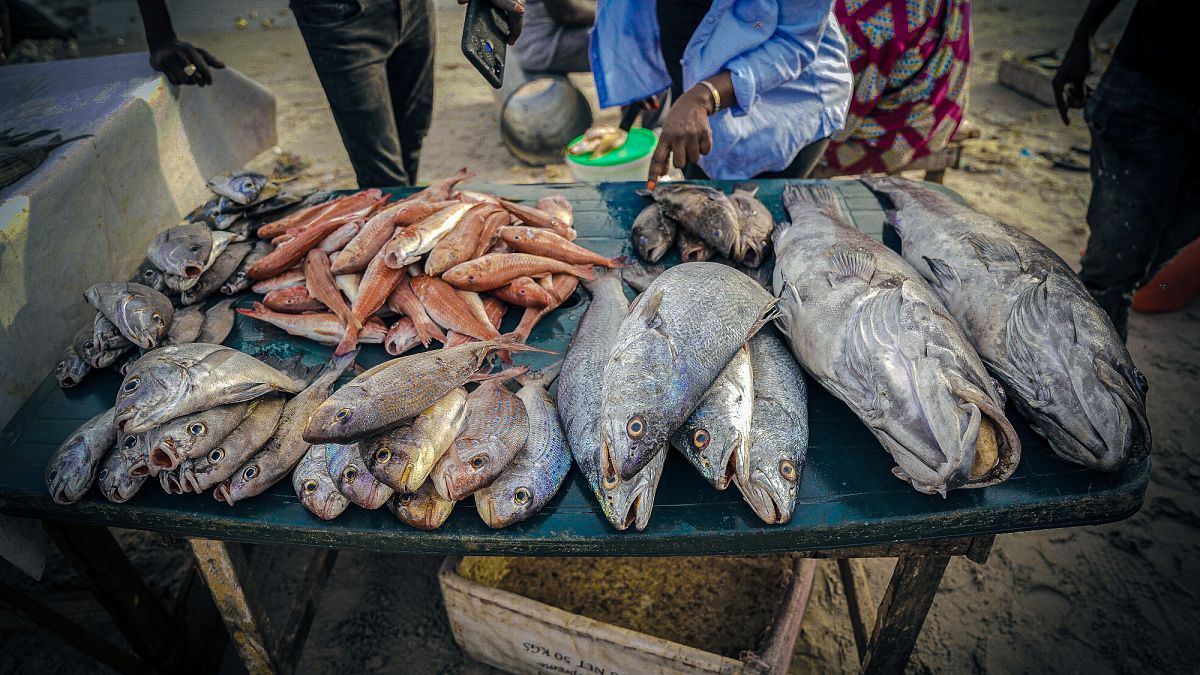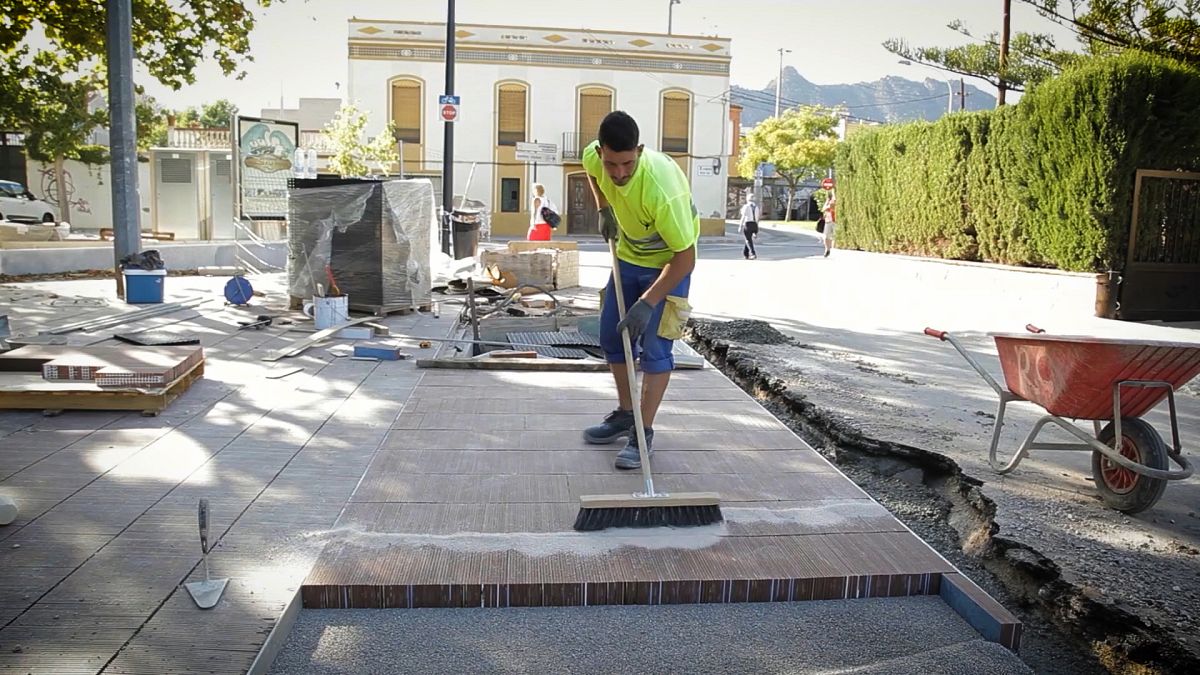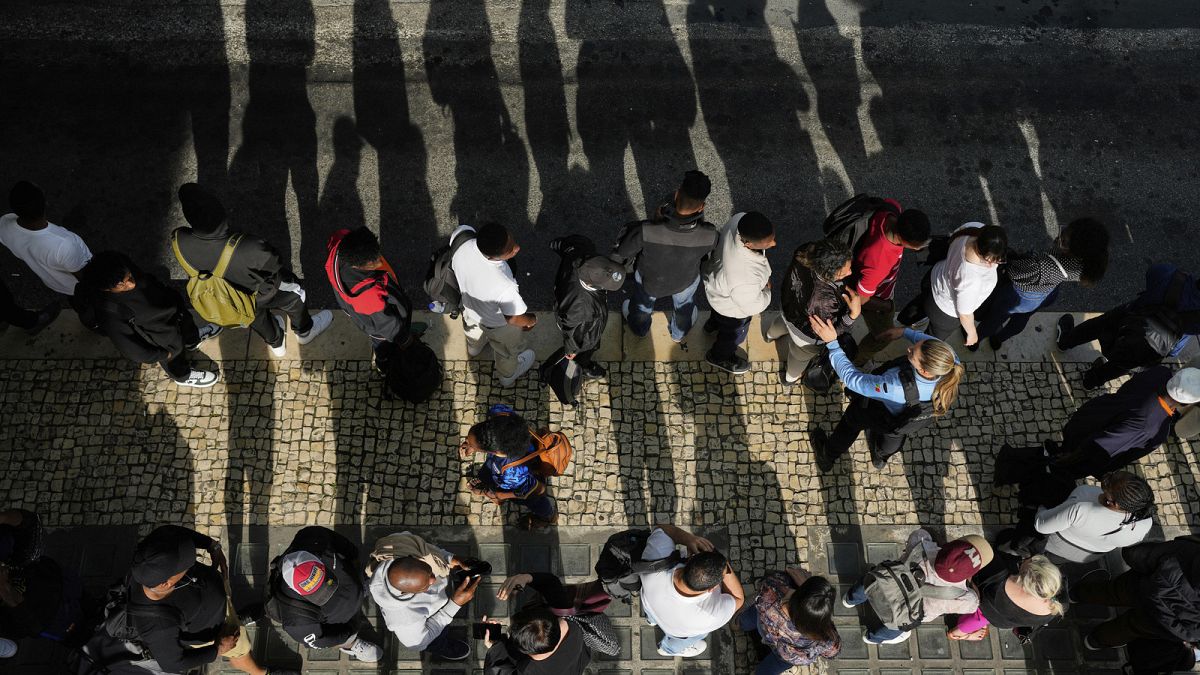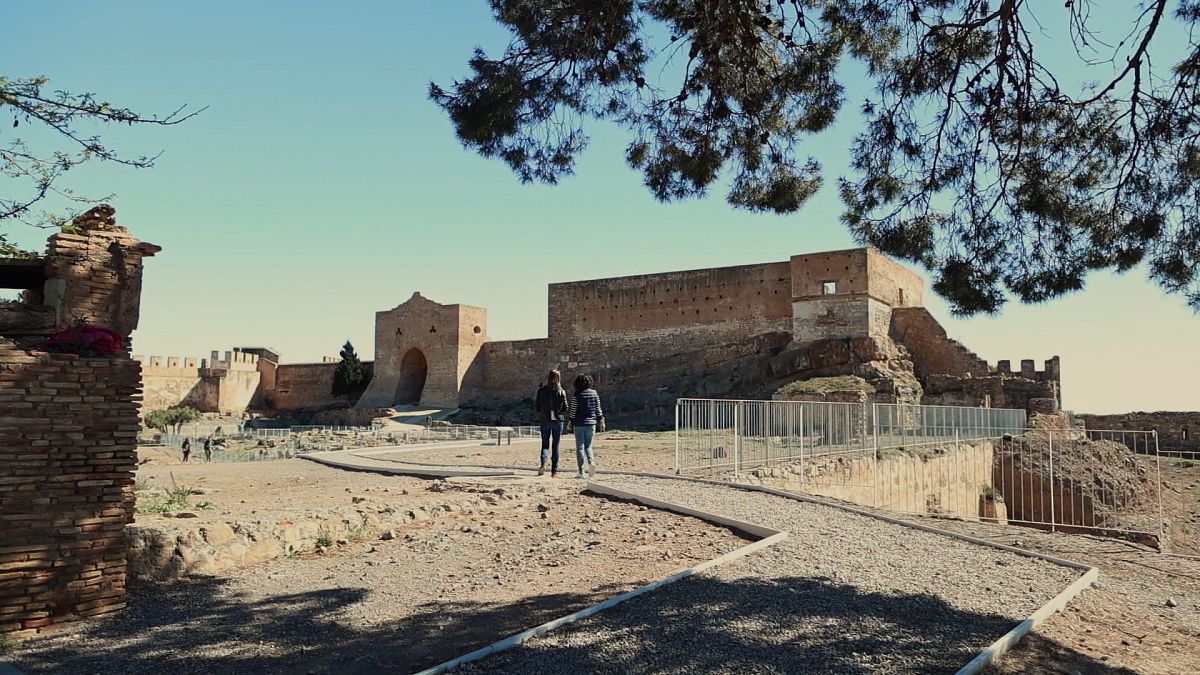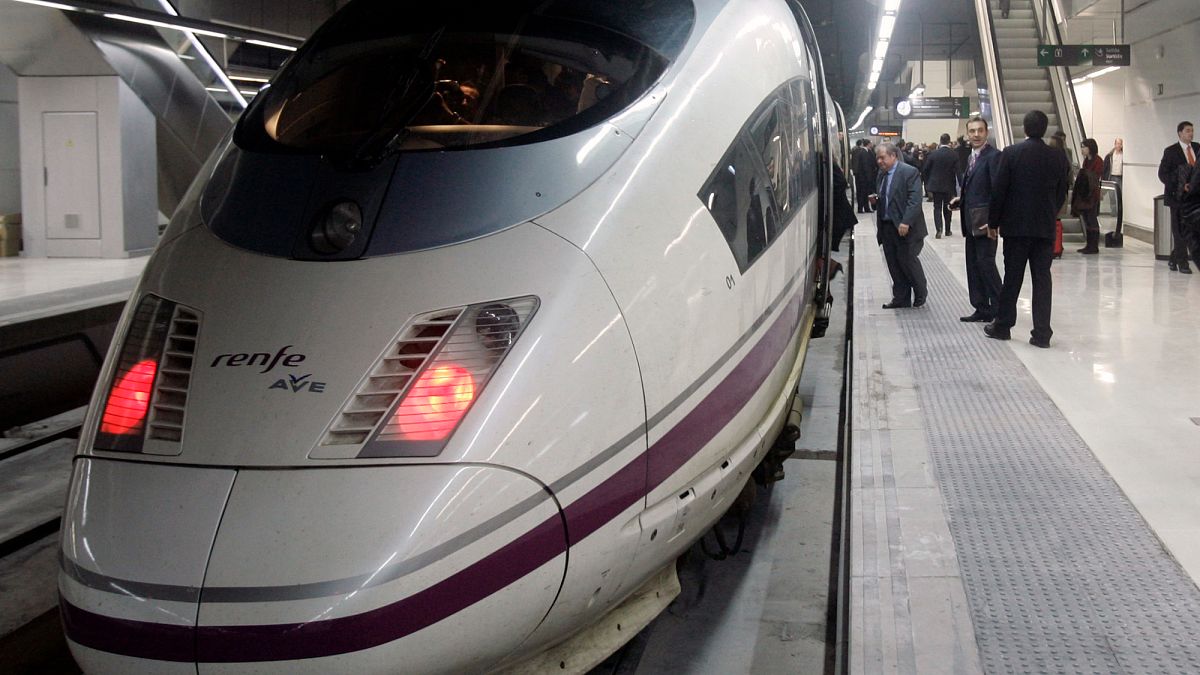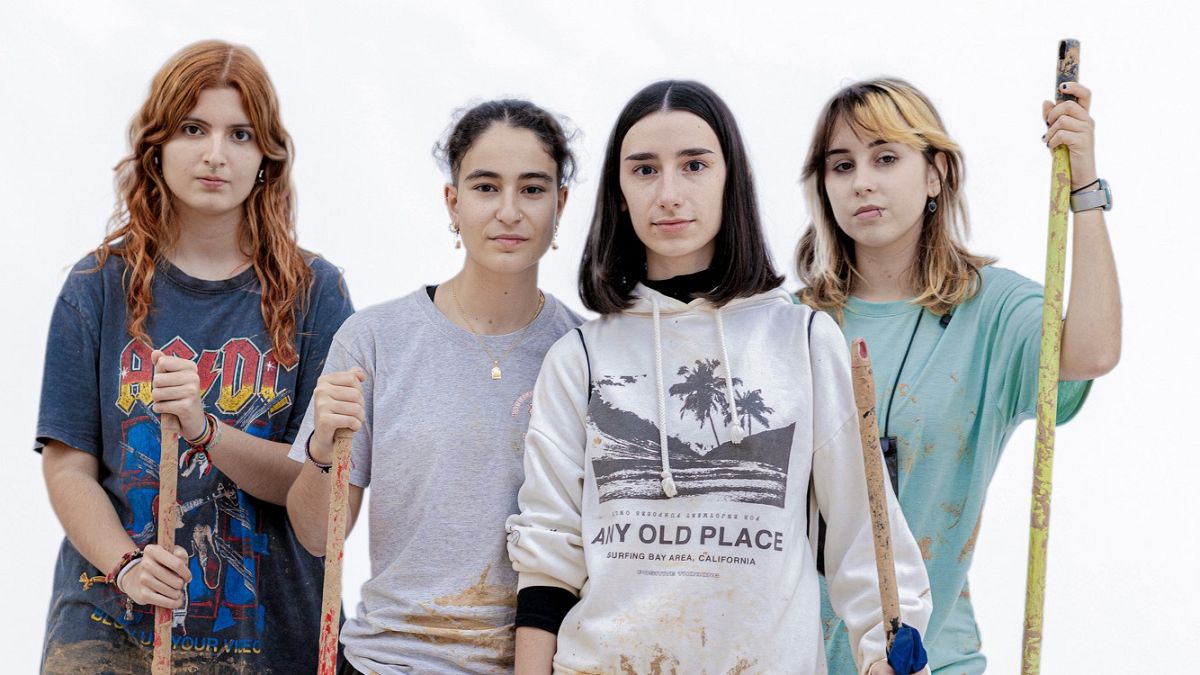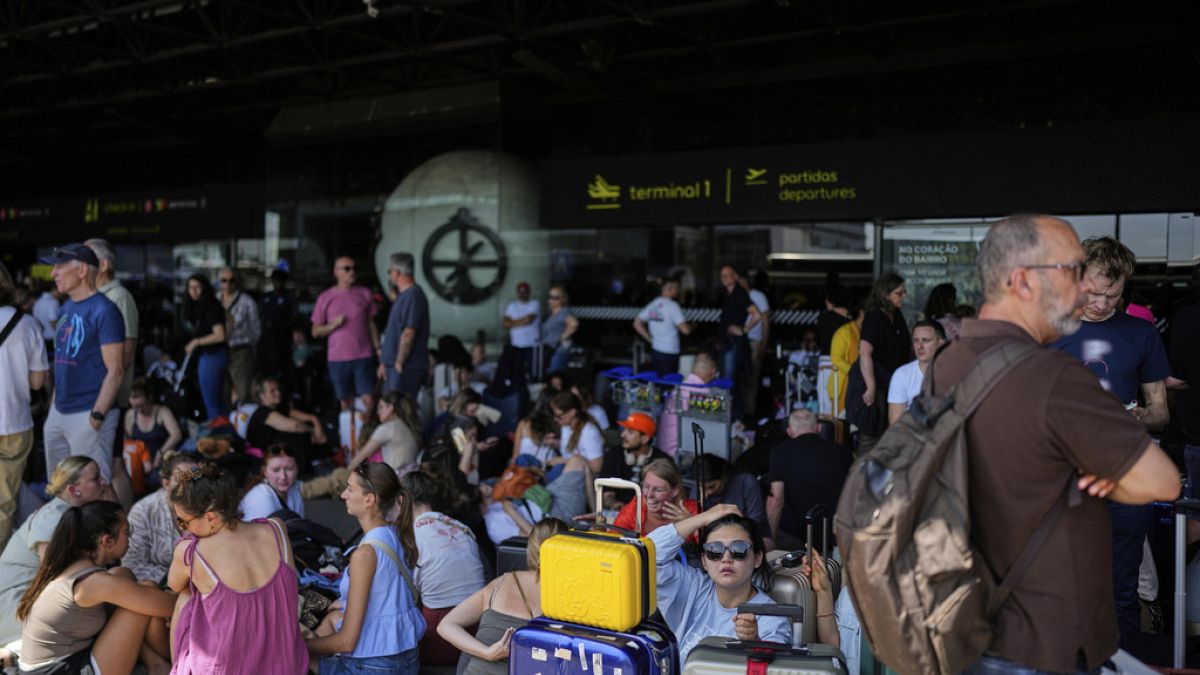Has the loss of Russian tourism dealt Europe a crippling blow?
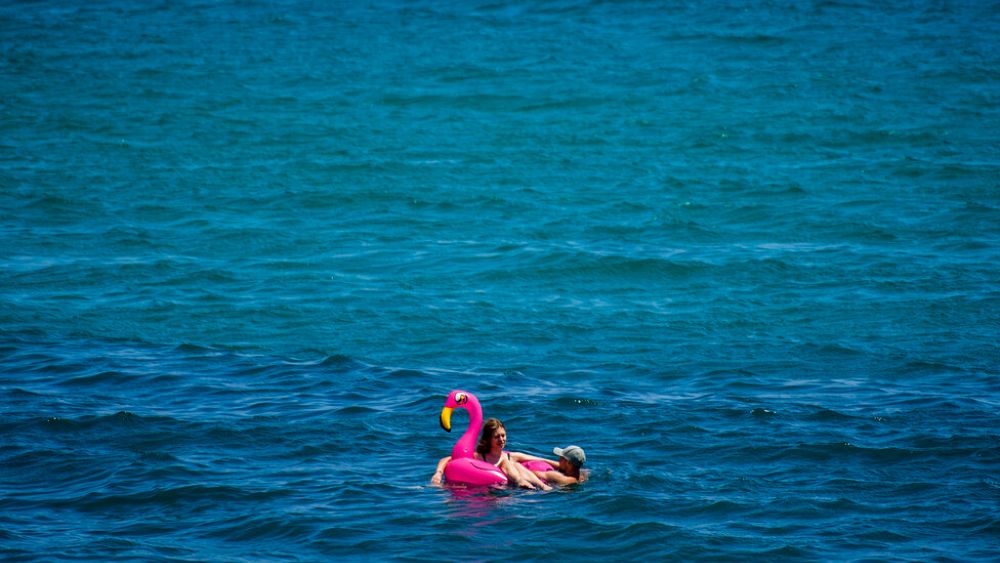
Flush Russian tourists are now a thing of the past in Europe, forcing countries to adapt.
If you’re looking for Russian tourists in Europe this summer, they’re likely to be harder to spot than ever.
According to the Association of Tour Operators of Russia (ATOR), there were 84 per cent fewer Russian visitors to Europe in 2022. As this year’s summer tourist season hots up, that figure is not likely to change much at all.
While the very wealthiest Russians continue to visit the region, middle-class tourists have almost entirely disappeared, citing mounting logistical difficulties and costs.
The reason is of course Russia’s deadly invasion of Ukraine, which has prompted the West to erect barriers not seen since the dark days of the Cold War in support of its embattled ally.
But what effect is this loss of Russian tourists having on Europe? We look at two destinations bordering Russia, and two which used to welcome droves of Russian tourists to find out more.
Latvia is looking to untapped tourism markets to fill the void
Latvia has long been a magnet for Russian travellers, owing to its location and historical ties as part of the Soviet Union.
The tiny Baltic state’s vibrant tourism industry was battered by the COVID pandemic, like many others, but losing visitors from Russia doubled down on this.
In solidarity with Ukraine, Russian tourists were banned in September 2022, with the country’s Foreign Minister Edgar Rinkevics tweeting “You’re not welcome here – you need to end the war against Ukraine and be gone from that beautiful country!”
“Russia was an important market,” Vladislavs Korjagins, CEO of the Baltic Travel Group tells Euronews Travel. “Of course, we are missing it.”
“From an economic perspective, this decision may not have helped local businesses. But, on the political level, we support Ukraine.”
“It’s the right decision,” he adds. “People understand we cannot welcome Russian tourists, while their soldiers are attacking Ukrainians.”
The “biggest blow” from the Ukraine war was many Westerners now felt the Baltics were unsafe, possibly the “next target” for Russian troops, though this misperception is now improving, explains Korjagins.
Some 70 per cent of group bookings were cancelled in the aftermath of the February 2022 invasion, according to estimates from the Latvian tourism sector.
Yet, the industry is not accepting these losses idly.
It has diversified into new, untapped markets, such as the Gulf, and become more efficient through scaling down labour costs, according to Korjagins.
“Truth is: We adapted,” he adds.
Finland is promoting domestic tourism
Around 1.2 million Russian day-trippers travelled by bus or car over the border into eastern Finland every single year, before the Kremlin’s full-scale invasion, official figures show.
While some were checking into hotels, most spent money in local supermarkets – on average €170 per day in the city of Lappeenranta.
But much of the tourist infrastructure in Finland‘s Lakeland District did not necessarily rely on Russian tourists, despite their large volume.
“People who were really catering to cross-border traffic are no longer in business,” explains Mirka Rahman, Lappeenranta’s Director of Tourism. “There were a lot of mini-buses and bigger buses bringing the daily visitors but they were all Russian and not Finnish companies.”
“They bought clothes, detergent, chocolate, fish, the majority of it was food items from the supermarket as Finnish brands are known for high quality. Some of it was to take home for themselves, and some of it was to take home and sell,” she tells Euronews Travel.
That pre-war flood of visitors across the EU’s longest border with Russia has now slowed to a trickle – restricted to dual nationals or those with a visa allowing them to come and go.
The South Karelia region, with Lappeenranta its biggest city, has lost around 100,000 Russian overnight stays since the start of the war.
But it has pivoted towards marketing more to Finns as a domestic holiday destination, while looking for customers in Germany, Italy and the Benelux countries – tourists who spend far more per day, Rahman notes, than their Russian counterparts.
“The trends have changed,” says Rahman. “Nobody here is calculating on the return of the Russians.”
Spain no longer welcomes high-spending Russian tourists
Not only those on Russia’s borders are affected.
Although the country was never a major source of visitors to Spain – dwarfed by the English, German and French – Russians were one of the fastest-growing groups in recent years, data from the Salou Cambrils La Pineda Hotel Association shows.
Around 1.3 million Russian travellers arrived in the southern European country in 2019, representing 1.3 per cent of the total, according to Spain’s National Statistics Institute.
Yet, their absence is still felt, particularly since some areas were more heavily reliant on Russian tourists than others, such as Costa Dorada, where they represented between 10 per cent and 15 per cent of all visitors.
“Last year, the effects of the lack of tourism were clear and this year it is also noticeable,” Albert Savé, President of the Costa Dorada Hotel Association, in Cataluña, tells Euronews Travel.
He says there were 1,290,000 overnight stays in the area in 2019, which has now gone to zero – bar the “one or two Russians” coming by car or through Turkey or Finland.
What set Russians apart, Savé continues, was their high level of luxury consumption, which supported specialist local businesses.
“When they were here, [Russians] did spend because they came from afar… They would go on a lot of excursions… [and] buy products from the area… because of the attraction of wine, oil, sausages… clothes,” he says.
“Their behaviour was different from [the] British, who come for the sun.”
The Czech Republic is battling inflation and a drop in tourists
Like in Spain, Czech spa towns have seen a sharp drop in wealthy Russian visitors.
Towns Karlovy Vary, Marianske Lazne and Frantiskovy Lazne saw a glimmer of hope when UNESCO listed them as World Heritage sites in 2021.
But their joy was short-lived.
When Russia’s tanks steamed across the Ukrainian border, the Central European country joined European sanctions slapped on the country.
The share of Russian customers – their biggest spenders, who also stay far longer than locals – fell from 61,000 in 2019 to just a few thousand last year.
“The average Czech tourist spends around 700 crowns (€30) a day. Russian-speaking guests spend more than 3,500 crowns (€150),” says Czech Tourism Director Jan Herget.
Losing Russian tourists was only part of their troubles, however.
Spa towns are also grappling with staff shortages, with Czech unemployed at 3.5 per cent over the past two years, and inflation only now just declining from a record high of 18 per cent in September.
Source: Euro News


